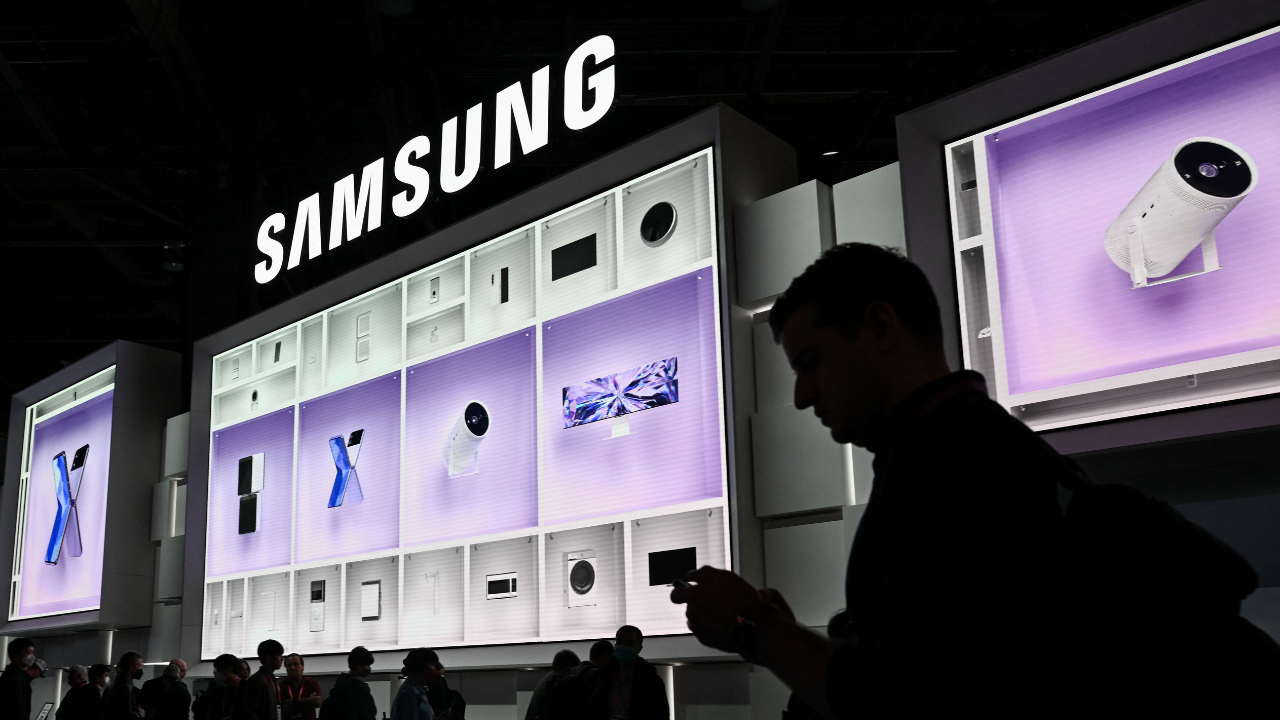Samsung is reportedly preparing for its next-generation Galaxy Ring launch, with rumors stirring interest among tech enthusiasts. Following the release of the first Galaxy Ring, speculations suggest that a sequel might arrive sooner than expected, featuring a slimmer design, improved battery life, and potentially, new functionality. Meanwhile, Samsung’s internal journey to modernize its corporate culture could be just as transformative—if it succeeds.
Galaxy Ring 2: Expected Improvements and Potential Surprises
The first Galaxy Ring provided a blend of health-tracking features and battery life lasting around five to seven days. Users have anticipated that the Galaxy Ring 2 will carry forward this success, with several rumored upgrades:
- Slimmer Design and Extended Battery Life: The upcoming Galaxy Ring may feature a sleeker design while promising better battery life. This improvement might be achieved through component miniaturization and next-gen battery tech, a balance that Samsung seems keen to achieve.
- Enhanced Feature Set: Although details remain under wraps, the new Galaxy Ring could introduce more features, possibly enhancing integration with other Samsung devices like Galaxy smartphones and wearables. This would allow users to streamline their digital ecosystem for health and activity tracking, making the Galaxy Ring a more versatile device.
Samsung’s Challenge: Reshaping a Stagnant Corporate Culture
Over recent years, Samsung has faced financial and competitive challenges across several sectors. Its semiconductor division has lagged in producing high-bandwidth memory (HBM3E) modules to meet quality benchmarks, while Samsung Foundry has struggled with poor yields on advanced 3nm chips, pushing its mobile division toward alternative suppliers like Qualcomm for the upcoming Galaxy S25 series.
In response, Samsung is planning to revisit its corporate culture—a step insiders say is long overdue. Some key areas of concern have included:
- Inflexible Culture: Since 2015, employees and industry insiders have called attention to Samsung’s rigid, top-down structure, which has stifled innovation and internal communication. Samsung has previously made moves to change this structure, first in 2016 and again in 2021, but significant results remain elusive.
- Internal Division and Accountability: An anonymous report from earlier this year highlighted that some Samsung divisions place blame elsewhere when encountering operational challenges. Samsung’s Jun Young-hyun, who now leads the semiconductor division, has actively criticized such behavior, encouraging departments to work more transparently and collaboratively.
- Employee Engagement and Communication: Samsung’s internal review includes discussions among executives about addressing bureaucratic red tape that hampers open communication. Regular executive meetings, especially within the semiconductor and memory divisions, are intended to bring about meaningful changes in operational efficiency and employee morale.
- Competitor Advantages: Notably, SK Hynix—one of Samsung’s main competitors in-memory technology—has adopted a more agile and receptive corporate culture, allowing it to move quickly in the market and gain ground in high-demand areas like HBM3E production.
Outlook: Samsung’s Opportunity for Change and Growth
Despite previous attempts to change, Samsung seems more committed than ever to fostering a dynamic corporate environment. The company recently declared intentions to re-evaluate “organizational culture and work methods,” aiming to “expose issues and encourage heated discussions for improvement.” With a significant portion of Samsung’s workforce aware of the need for change, the real challenge will be translating this awareness into a lasting impact.
As Samsung confronts a crucial stage in its history, the outcome could redefine its standing in the tech industry. The Galaxy Ring 2 launch and Samsung’s internal transformation are intertwined stories of reinvention. Whether the company can deliver meaningful change remains uncertain, but this moment could be a turning point—one that shapes its future success and resilience in a fast-evolving tech landscape.





